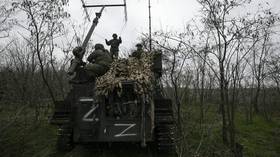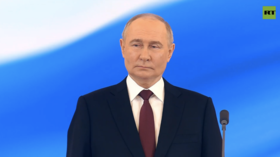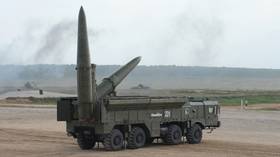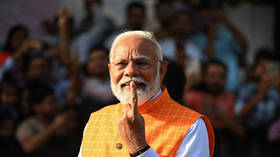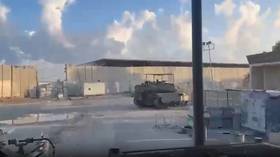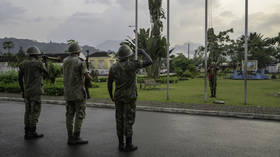Ukraine struggling to intercept Russian missiles – Air Force
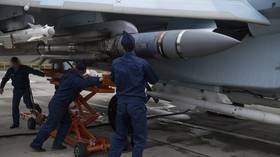
It is becoming increasingly difficult for Ukrainian troops to intercept and shoot down Russian missiles, the country's Air Force spokesman Yury Ignat told US state-run outlet RFE/RL on Tuesday.
Projectiles launched by Moscow’s forces are capable of changing course in a matter of seconds, thereby becoming “invisible” to Ukraine’s air defenses, he admitted.
The Russian military is now employing more sophisticated tactics, “planning their strikes, programming the [missile] courses … to bypass air defenses in the most effective way and use weak spots,” he said.
The projectiles “are constantly changing course,” he explained, adding that a Ukrainian air defense serviceman can barely “write three words” to describe the incoming rocket’s trajectory before it has already changed. “Then, it changes direction once more, and again, and again,” he said.
In one such case, the Russian missiles flew as far as Ukraine’s westernmost Lviv Region before turning back and striking a military airfield in Khmelnitsky Region in the country’s center. Additionally, at some point, a Russian rocket “can disappear from the radars and become invisible to radio locators for a certain period of time,” he pointed out.
According to the Air Force spokesman, Russian drones are now also “going in circles” to make Ukrainian air defenses lose track of them.
Kiev is currently employing some of the supposedly top-notch air defense systems supplied to it by Washington and its allies. The list includes the US-made Patriot and German-made Iris-T air defense systems. Over the course of the ongoing conflict, the West has poured extensive military and financial aid into Ukraine, with the US alone allocating around $100 billion. Western nations have also repeatedly stated that they consider air defense a priority when providing military aid to Kiev.
In late July, Ignat admitted that Moscow had a significant advantage over Kiev in terms of electronic warfare. Russia had “plenty” of “powerful systems,” he said at that time, conceding that Ukraine “started late” in this regard.
Such systems are especially good at intercepting an enemy’s drones and forcing them to go down. The Russian Defense Ministry regularly reports downing Ukrainian drones without firing a shot.
